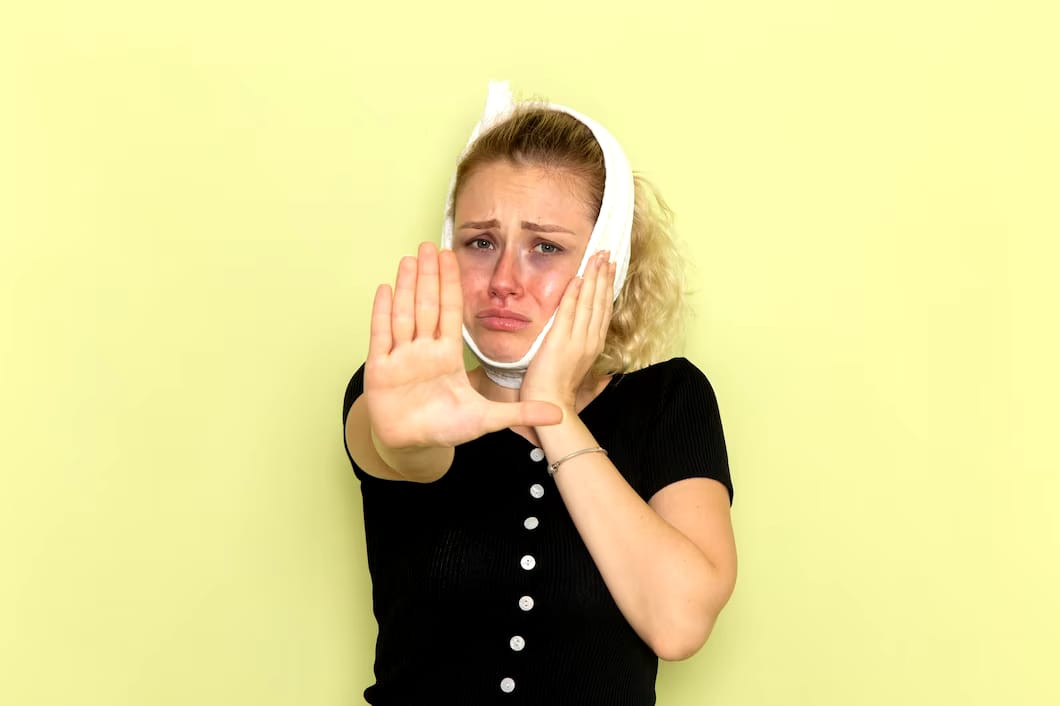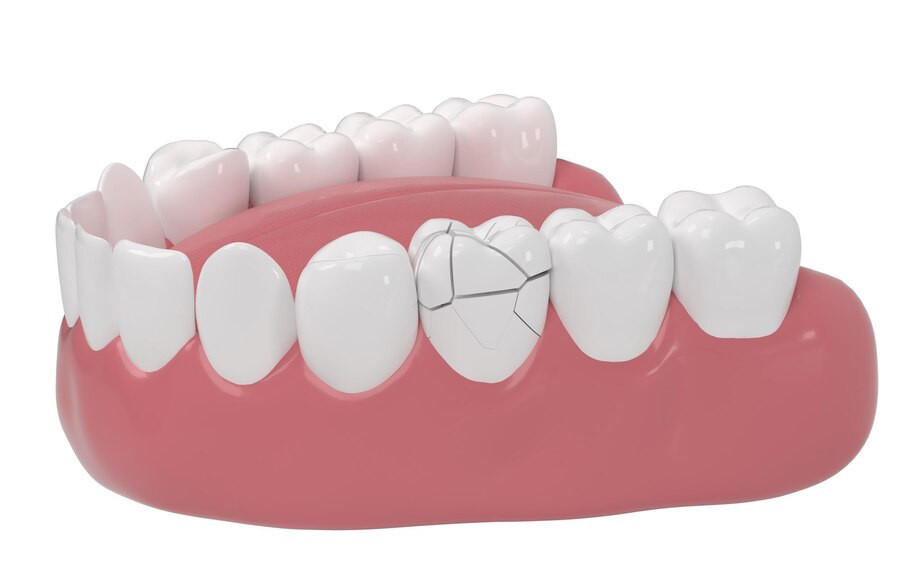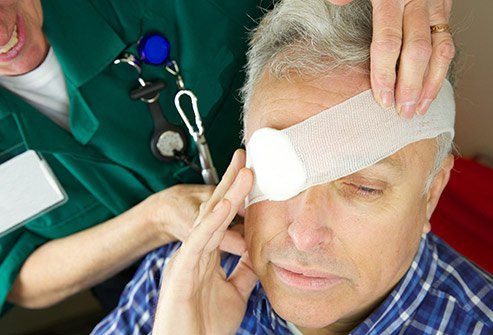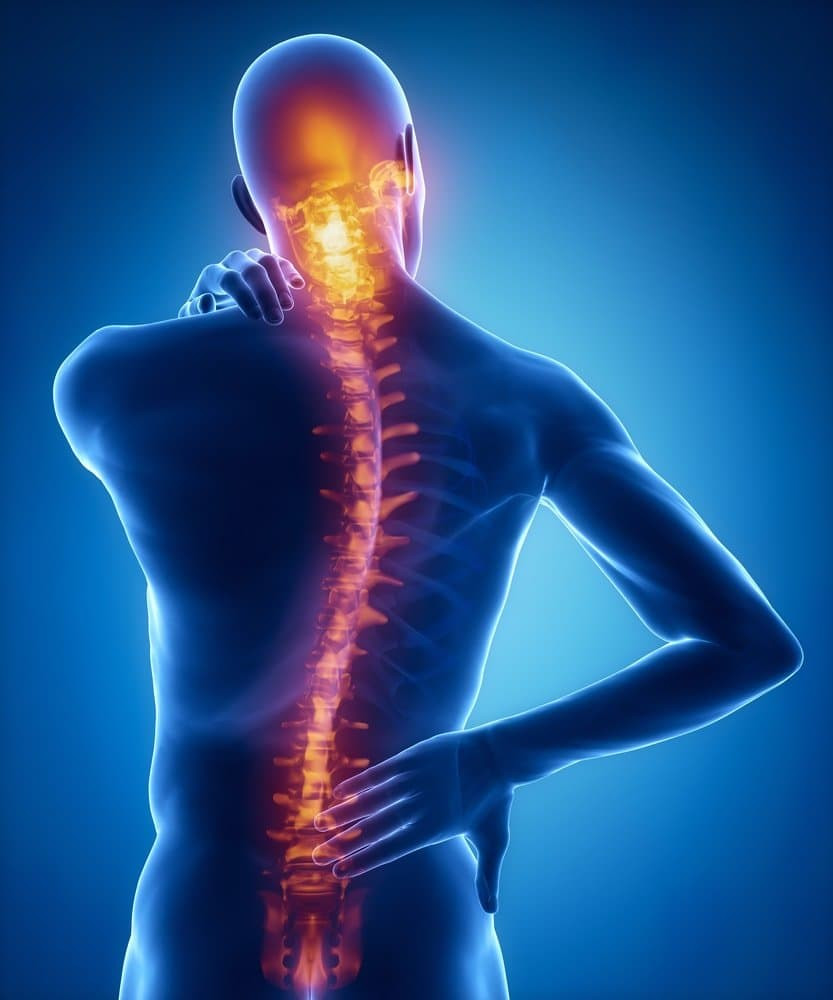Definition
Dental trauma refers to injury caused by mechanical force strong enough to damage teeth or surrounding oral structures. This condition, also known as Traumatic Dental Injury (TDI), can affect both children and adults, though it is most common in those under 19 years of age.
Dental trauma typically results from impacts with hard objects, such as falls, motor accidents, sports injuries, or physical violence. The front teeth are most susceptible to trauma, and the injury can be classified into various types:
- Broken teeth (fractures)
When a tooth breaks, the damage usually affects the enamel or dentin, but other areas like the pulp chamber or nerves can also be affected. Treatment varies depending on the specific damage and should be assessed by a dentist.
- Displaced teeth
Severe trauma can cause teeth to shift outwards (extrusion) or inwards (intrusion), or in more severe cases, teeth can be completely dislodged (avulsion), potentially accompanied by damage to the supporting bone (alveolar bone).
Causes
Dental trauma occurs when external forces exceed the teeth's ability to withstand pressure. Common causes include falls or impacts to the face, traffic accidents, sports injuries, and chewing hard foods.
Risk Factor
Certain factors can increase the likelihood of dental trauma, including:
- Pre-existing dental or oral diseases
- Physical disabilities
- Smoking
- Engaging in heavy activities or sports without protective equipment
Symptoms
Symptoms of dental trauma can range from mild to severe, depending on the severity of the damage or disruption to the teeth and surrounding structures. In general, the symptoms commonly include:
- Pain in the teeth and surrounding areas
- Difficulty chewing
- Swelling around the affected teeth
- Bleeding from the teeth and gums
- Loose teeth
Diagnosis
Dentists diagnose dental trauma by examining the affected teeth, checking for changes in color, shape, bleeding, and pain levels.
Subsequently, the dentist can carry out more tests. Diagnostic tests such as X-rays may also be used to assess the extent of the damage based on the trauma history.
Management
If you experience dental trauma, including dislodged, loosened, or broken teeth, it’s important to see a dentist as soon as possible. Ideally, you should seek dental care within 30 minutes of the trauma, as this can significantly impact the success of your treatment.
If a tooth is knocked out, try to locate it and, if possible, replant it. Baby teeth, however, may not be suitable for replanting. To hold the tooth in place, bite down gently on a piece of gauze. This will help protect the periodontal ligament fibers around the tooth. Apply a cold compress to your cheek to reduce pain and swelling.
When handling a knocked-out tooth, always hold it by the crown (the part above the gum) and avoid touching the root. The root contains important cells needed for bone reconnection. If the tooth is dirty, rinse it gently with water, but do not scrub or scrape it.
Visit a dentist as soon as possible to replant the tooth. The longer you wait, the less likely it is that the tooth can be successfully reinserted.
If the tooth cannot be immediately replanted, keep it moist. You can store it in a special solution from the pharmacy, cold milk, or even your own saliva, but ensure it does not dry out.
For a broken tooth:
- Clean the broken tooth and, if applicable, locate the broken fragment (for adult teeth only).
- Rinse the injured area, and if swelling occurs, apply a cold compress to the cheek.
- Visit a dentist immediately. Minor fractures can often be repaired with fillings, but more severe damage to the enamel, dentin, or pulp may require a permanent crown. In cases of extensive trauma, the tooth may not be salvageable.
If your tooth is pushed out of position:
- Gently try to move it back into place using light finger pressure, but do not force it.
- Bite down to stabilize the tooth and prevent it from moving.
- Go to a dentist immediately, as they may need to splint the tooth to adjacent healthy teeth for support.
Complications
Although dental trauma may appear minor, it can lead to complications, such as:
- Death of tooth tissue
- Tooth abscess
- Damage to the tooth root
- Permanent tooth loss
- Facial nerve disorders
Prevention
You can reduce the risk of dental trauma by following these precautions:
- Wear protective gear, such as helmet and mouth guard when engaging in activities with a high risk of dental injury, such as driving or playing contact sports.
- Stay away from risky food that comprise hard-textured, overly hot, or extremely cold foods that can increase the chance of dental trauma.
When to See a Doctor?
Dental trauma is a serious issue that requires prompt attention. In certain cases, immediate treatment from a dentist is necessary. Seek care if you experience:
- A permanent tooth being pushed out
- Extensive cuts to the teeth
- A visible red dot on a cracked tooth
- Severe pain
- Teeth shifted from their original position
- Persistent bleeding that doesn’t stop after applying direct pressure for 10 minutes (if a tooth is missing, bite down on gauze to control bleeding)
While not all cases of dental trauma are severe, even minor issues like small cracks or fractures may need further examination by a dentist. Conditions that should be evaluated include:
- Baby teeth being pushed out
- A small part of the tooth becoming loose
- A visible crack line on the tooth
- Teeth becoming noticeably looser
- New symptoms developing
- Teeth becoming sensitive to hot or cold liquids
- Teeth darkening in color
Additionally, some mild symptoms may not cause significant pain but still require a dental checkup, such as:
- A visible crack line on the tooth
- Persistent looseness of the teeth
- Gums around the tooth appearing darker than usual
Looking for more information about other diseases? Click here!
- dr Hanifa Rahma
Myers L.G., Evaluation and diagnosis of the traumatized dentition (2022). Retrieved 12 March 2023, from https://onlinelibrary.wiley.com/doi/full/10.1111/edt.12498
Penanganan Pertama Pada Trauma Gigi - Universitas Airlangga (2022). Retrieved 12 March 2023, from http://plk.unair.ac.id/penanganan-pertama-pada-trauma-gigi/
Royal Children's Hospital Melbourne - Dental Trauma (2021). Retrieved 12 March 2023, from https://www.rch.org.au/clinicalguide/guideline_index/Dental_Injuries/












